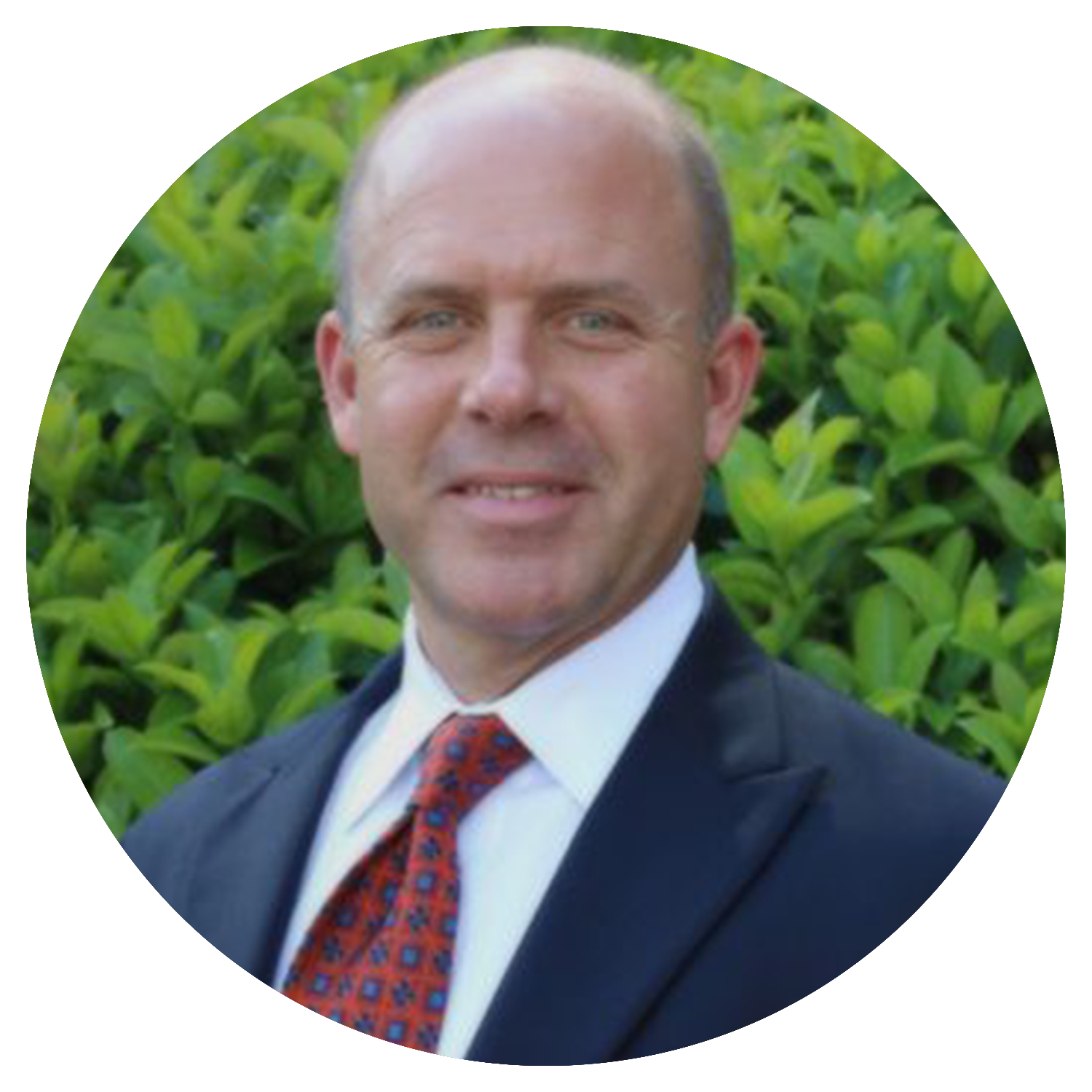Are you ready to stop the bleeding of lost revenues?
American medical practices lose an estimated $125 BILLION every year in unpaid and underpaid claims.
At the heart of your healthcare business is your mission to heal. But a medical practice is also a business that supports you and those who work for you. So it’s important to ensure not only high-quality care for your patients, but also a solid financial foundation for your practice.
A key to that foundation is your revenue cycle – the administrative and clinical functions that work together to bill and collect the revenue generated by the services you provide your patients.
Healthcare revenue enhancement involves setting clear payment expectations for your patients, coding procedures accurately, account follow-up, payment posting and more. If this complex combination of processes isn’t streamlined, it can result in denied claims and uncollected patient payments.
So how do you stop the bleeding?
By reviewing your processes, finding the gaps and inefficiencies…and fixing them.
Professional healthcare revenue cycle enhancement services and solutions
Our team of experienced accountants and financial advisors at James Moore & Co. adds a new dimension to traditional accounting services with revenue cycle enhancement (RCE) services for the healthcare industry. Our unique process improvement solutions focus on increasing your practice’s efficiency, profitability and performance.
Members of our RCE team are firmly entrenched in the healthcare industry, so they’re well aware of the challenges you face in maintaining and increasing revenues. They also specialize in blending EHR technology with operational excellence to improve your practice’s revenue cycle performance.
By reviewing your situation and providing custom services that address your practice’s individual needs, we can help you enhance your net revenue, reduce costs and increase overall efficiency.
Our dedicated focus on healthcare revenue cycle enhancement can make a huge impact on your bottom line, resulting in:
- Increased cash flow
- Lower bad debt expenses
- Improved patient satisfaction
- Reduced operating costs
- Improved productivity
How can our unique approach help you?
Contact us today to see what we can do for you
CASE STUDY: Practice boosts its profits by 900% through revenue cycle enhancement.
The lead physician in a large group practice was concerned that her income was declining, especially when compared with salaries in other industries. The practice hired James Moore for revenue cycle enhancement services – a process improvement solution that examines the administrative and clerical functions that bill and collect the revenue for a medical practice.
Our team analyzed several aspects of the practice’s revenue cycle, including patient scheduling, billing, clinical documentation, collections and other procedures. We then outlined and implemented improvements that reduced the amount of money left on the table by gaps in several processes.
The results were dramatic.
What are the steps of the revenue cycle?
Is your practice healthy financially?
At James Moore, we specialize in identifying and fixing problems in your medical billing workflow to boost your bottom line so that you can continue serving patients.
You practice. We master the finances.
Best practices for optimizing healthcare revenue cycle management (RCM).
To achieve an efficient and profitable revenue cycle, healthcare providers have a wide range of tools and strategies at their disposal — from RCM software to third-party vendors, or a hybrid approach. Which method you choose to manage your revenue cycle will depend on your practice’s individual needs, capabilities and challenges.
Regardless of how you approach healthcare revenue enhancement, the following proven techniques can help you stop the bleeding of lost revenue:
Decide on in-house or outsourced RCM.
To more efficiently facilitate your revenue cycle, you should decide early on whether it’s best to have your team install RCM software on your internal servers or outsource your RCM processes to a third party. Medium to large-sized medical practices with satellite offices often prefer to outsource their RCM needs in order to better focus on patient care and treatment.
Break down the front and back-end divide.
Revenue cycle management in the healthcare sector commonly has 2 “faces”: the front-end that the patient sees to help a provider register new patients, and the back-end to help a provider facilitate claim denials, submissions, billing and more. By merging these 2 faces of revenue cycle management into 1, your practice can make the RCM process more streamlined and efficient. Both front and back-end functions should be clear and concise.
Offering more transparent pricing and billing.
To combat increasingly complicated health insurance options and coverages, medical providers are increasingly offering cost estimates to their patients before the services or treatments are given. Helping your patient understand what their financial obligation will be is key to minimizing unpaid claims — as is avoiding surprise bills whenever possible.
Implementing card-on-file payment.
Offering credit-card-on-file services, which are generally the most preferred collection method for patients, is another proven strategy for improving point-of-service collections and reducing unpaid bills.
Our unique approach to healthcare revenue enhancement.
Our healthcare CPAs bring a unique perspective and approach to medical billing processes and revenue cycle management. We deliver innovative and custom solutions to help our healthcare clients decrease claim denials, improve payment and collections, reduce days in A/R and streamline your overall billing cycle from start to finish.
Fill out the contact form below to get started today reimagining your billing cycle and stop the bleeding of lost revenue.
Latest Articles
How to Start a Private Practice as a Doctor: The James Moore Guide to Building a Sustainable Healthcare Business
A lot of physicians dream about owning their private practice, but few understand the business…
Retirement Planning for Doctors: The James Moore Guide
While most physicians get a late start on building wealth (between med school, residency and…
8 Steps to Take Before Applying for a Physician Practice Loan
A successful physician wants to expand their practice. The growth is there, the patient base…
Be the First to Hear.
Sign up for our newsletter and have it delivered to your inbox, so you don’t miss a thing.

Jay Hutto, CPA, ABV, CFF, CVA
Partner
As a CPA in the state of Florida, Jay has more than 30 years of experience providing personalized accounting services including auditing and tax services, business consulting, business valuations and litigation support. While he has worked with clients representing the real estate, manufacturing, professional services, dealership and retail industries, he has significant experience addressing issues and providing solutions for healthcare-related entities. As such, Jay leads the firm’s Healthcare Segment Team.
Jay helps his clients maximize revenue and minimize expenses, and he is dedicated to providing them peace of mind that they’re getting the best possible tax savings. His guidance helped one client avoid a $1,000,000 tax liability with a cost segregation study, and he helped another client eliminate a $50,000 IRS tax penalty. He also takes a proactive approach to revenue enhancement, cost controls, applying best practices, and emphasizing the importance of having the right policies and procedures already in place (instead of as a reactive remedy) to best facilitate business growth.
Jay also specializes in preparing business valuations and litigation support services and has earned several accreditations including the Accredited in Business Valuation (ABV), Certified in Financial Forensics (CFF) and Certified Valuation Analyst (CVA) designations. Litigation support services include related party transactions, fraud, child support, divorce and dispute resolution.




